Outgoing US president was a great spokesperson for science, but wasn’t able to translate that zeal into budget boosts
As President Obama’s eight years at the helm of the White House come to a close, US researchers and science advocates have praised his championing of science. But he is not without detractors and many point out that he was unable to deliver significant funding increases to research agencies during the yearly appropriations process.
On the campaign trail in 2008, Obama often reiterated the importance of science and technology and his desire to champion it, energising US scientists and research advocates. Then, almost immediately after his inauguration, Obama enacted a historic $20 billion (£16 billion) boost to R&D funding amid tight fiscal constraints, as part of his economic recovery package.
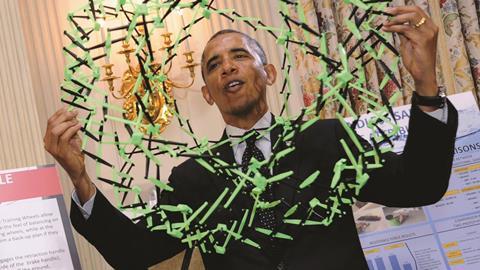
This stimulus bill that Obama signed into law in February 2009 included an extra $10 billion for the National Institutes of Health (NIH), an additional $3 billion for the National Science Foundation (NSF), and a supplemental $1.6 billion for the Department of Energy’s (DOE) Office of Science, to be spent over two years.
Obama has shown tremendous enthusiasm for science, tremendous support for young scientists
Peter Hotez, Baylor College of Medicine
Neal Lane, a physicist who served as science adviser to former president Bill Clinton and previously as NSF director, says Obama’s science and technology record is ‘quite remarkable given the political circumstances in which he served’. He emphasises that the president was responsible for this ‘unprecedented increase’ in funding for research through the one-time stimulus, noting that Obama’s economic recovery package gave a ‘huge bump’ of almost 50% to the NSF’s budget.
But others in the scientific community are more sceptical. Matt Hourihan, who directs the American Association for the Advancement of Science’s (AAAS) R&D budget and policy programme, suggests that the $20 billion dedicated to science out of Obama’s approximately $800 billion federal stimulus plan wasn’t that generous, representing only about 2.5% of the total. ‘It was a giant bucket of money for lots of different things, and science was just one of the many,’ he states.
Budget blues
Support for science will clearly be part of Obama’s legacy, but there is a general perception that his zeal didn’t translate into cold hard cash. ‘On the science funding front, there is a bit of divergence between rhetoric and reality,’ Hourihan states. ‘The Obama administration does seem to support science, but they have never been able to achieve the yearly funding outcomes that we might have hoped for.’
According to a AAAS analysis, science budgets across US agencies are now lower than they were in fiscal year 2010 in constant dollars, with the exception of the DOE’s Office of Science, which is roughly where it was back then, and DOE’s applied programmes, which are up about 2.5%. In constant dollars the NIH’s budget is down more than 10% since 2010 and Nasa’s has fallen about 13%.
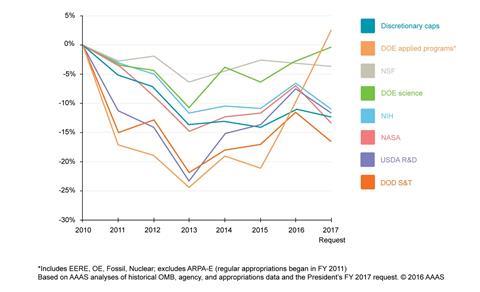
In Obama’s first year the Democrats controlled Congress and science funding was ‘more of a mixed bag’, according to Hourihan. Some agencies like the NSF and the National Institutes of Standards and Technology gained a bit, and others stagnated, he recalls. Hourihan also notes that the large cuts in discretionary spending did not occur until 2011 and beyond, and that had a big impact because it’s the pot from which science agencies are funded.
‘Obama has shown tremendous enthusiasm for science, tremendous support for young scientists, and for science, technology, engineering and maths (Stem) education,’ says Peter Hotez, Dean of Baylor College of Medicine’s National School of Tropical Medicine. ‘But his ability to translate that into big budget increases for science has been limited.’
Fiscal and political obstacles
Giving research a boost was a challenge given that Obama arrived as the financial crisis was in full swing, and roadblocks laid by his Republican opponents on Capitol Hill. ‘It was made very clear by the Republicans in Congress that they were not going to work with President Obama, and they were going to do everything they could to ensure that he was not successful,’ Lane recalls.
In addition to the science stimulus, Obama elevated the role of science in his administration in several ways. For example, he named John Holdren his science adviser – also known as director of the White House Office of Science and Technology Policy (OSTP) – even before taking office, and made the role a cabinet-level position. It took Obama’s predecessor, George W Bush, almost a year after inauguration to appoint his science adviser.
He has been willing to listen to evidence and what science tells him
Toby Smith, Association for American Universities
‘It very clear that President Obama placed considerable emphasis on the importance of that office,’ Lane states. ‘There were over 100 people under Holdren, who has served longer than any other White House science adviser in history,’ he says.
During his time in office, Obama assembled an impressive science team beyond the OSTP. It included five science Nobel Laureates, and 28 other members of the National Academies of Sciences, Engineering and Medicine who were among Obama’s initial appointments. ‘I thought we had a dream team in the Clinton administration, but this one has been quite extraordinary,’ Lane remarks.
In addition to filling key posts with prominent scientists, Obama also eased concerns within the science community that arose during the previous administration. There had been anxiety about funding restrictions on embryonic stem cell research that were put in place in 2001 by Bush. Obama issued his own executive order removing those barriers less than two months after taking office.
Obama also sought to deliver on his campaign promise to improve scientific integrity across government, in the wake of accusations that the Bush administration had allowed government funded science to be obstructed or distorted for political reasons. In December 2010, Obama issued a directive ordering all federal agencies and departments to develop scientific integrity policies, and more than 20 have done so.
Environmental legacy
Combating global warming has been among Obama’s top priorities, and he has requested particularly healthy budget increases for research on climate, renewable energy and low carbon technologies. In his 2017 budget proposal, Obama proposed to double investment in clean energy from $6.4 billion last year to $12.8 billion by 2021. He also requested $7.7 billion in discretionary funding for clean energy R&D – around 20% above current levels.
As a mark of his intent to tackle climate change, Obama established the first ever US standards to limit carbon pollution from power plants under his Clean Power Plan (CPP), announced back in August. He also took his environmental protection agenda global. Under his leadership, the US signed the historic Paris climate change agreement that came into force in November, joining nearly 200 countries in a commitment to keep global temperature rises ‘well below’ 2°C above pre-industrial levels.
Another piece of Obama’s pro-science legacy is the annual White House science fair that he initiated in 2010 to celebrate student winners of various Stem competitions from across the country. ‘As a society, we have to celebrate outstanding work by young people in science at least as much as we do Super Bowl winners,’ the President said.
Further, Obama recognised that scientists have a role to play in diplomacy, and he launched the US Science Envoy programme that has so far sent 18 eminent scientists to 30 countries, including Egypt, Indonesia and Pakistan. ‘He has been a great spokesperson for the importance of science,’ says Toby Smith, vice president of policy at the Association for American Universities. ‘He has been willing to listen to evidence and what science tells him, he has appointed and recognised the value of scientists in administering and overseeing major governmental functions.’
However, many in the chemical industry are less sentimental about Obama’s time in office. ‘The last eight years have been hard on the chemical distribution industry, not only because of market conditions and a sizable uptick in mergers and acquisitions, but also because of an unnecessary increase in federal regulations on the business community that has made it very difficult for companies to predict costs they may face year-over-year,’ says Eric Byer, president of the National Association of Chemical Distributors (NACD). Byer notes that the expanded regulatory burden has been particularly tough on the NACD’s small business members. While he acknowledges some positive developments under Obama’s tenure, such as reform of the nearly 40-year old law that governs the US’s chemicals known as the Toxic Substances Control Act, Byer says most of those efforts have been driven by Congress.
‘As the Trump administration transitions into leadership, we are hopeful that industries in the business of science will see a reduction in regulations that are currently impacting their bottom line without providing any proven benefit,’ he states.





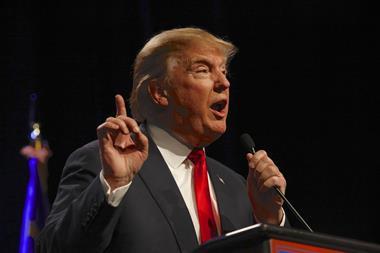

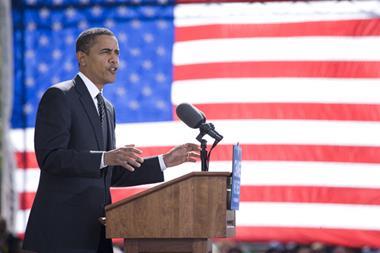
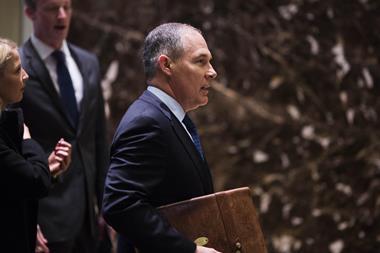

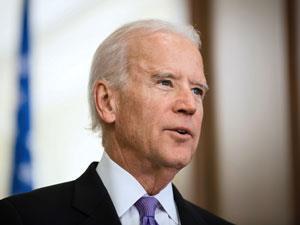






No comments yet